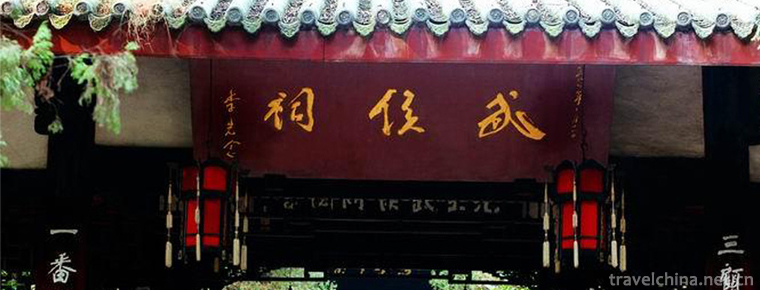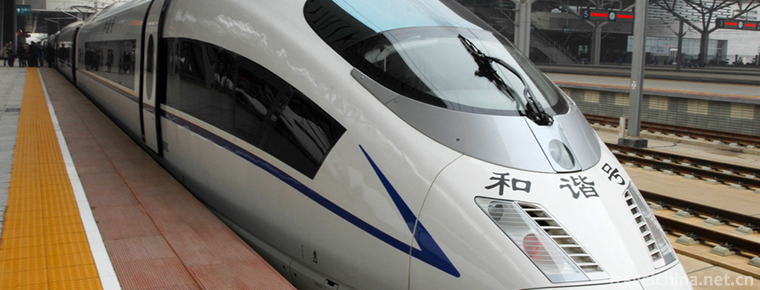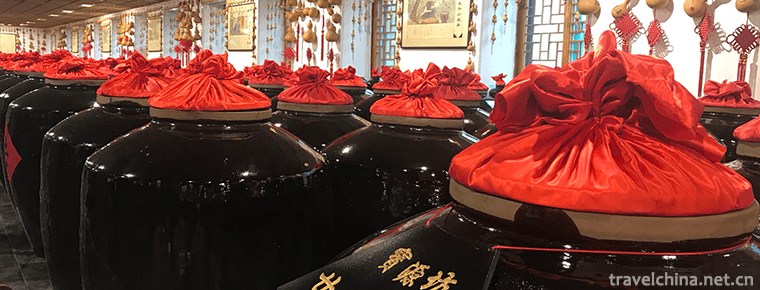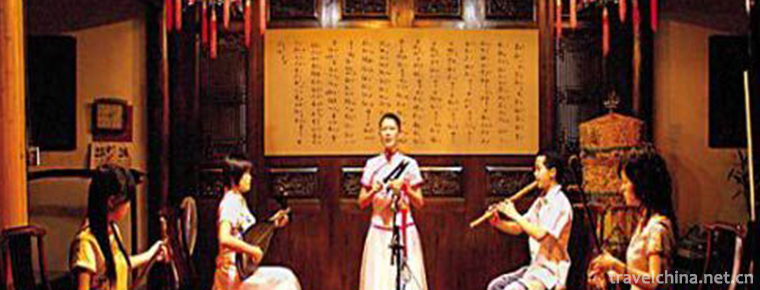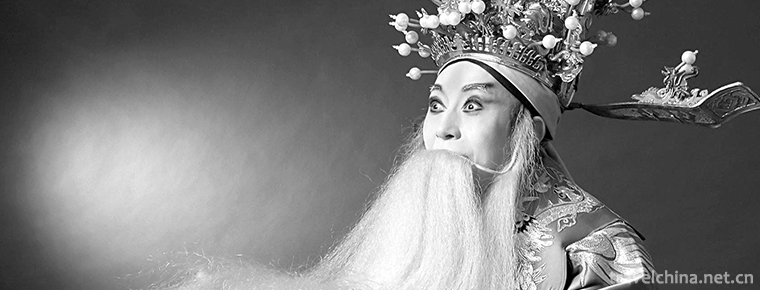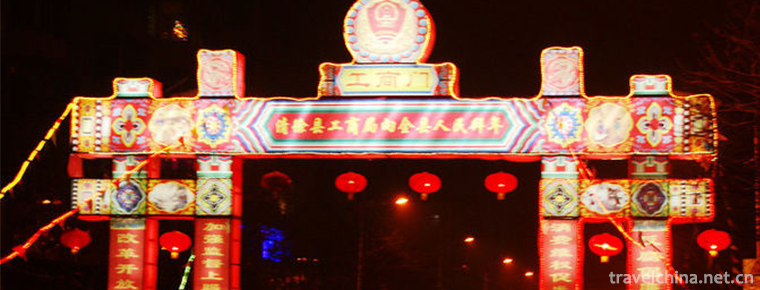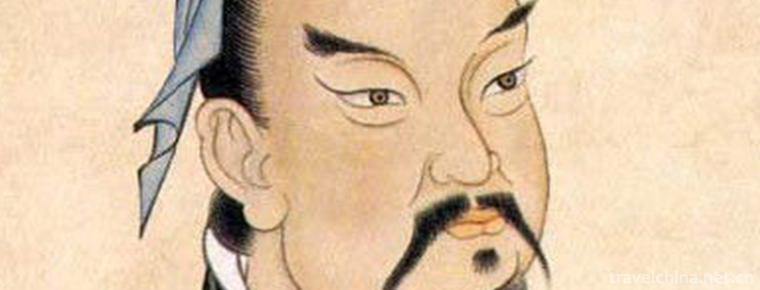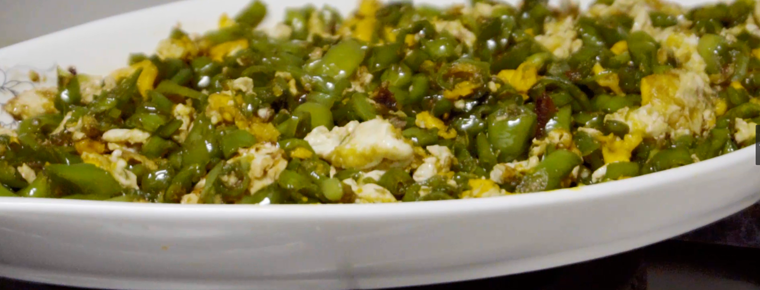Uygur Dastan
Uygur Dastan
Uygur Dastan is a kind of Uygur singing and playing music. It is a kind of long narrative poem with rap and singing. It is a long poem with complete stories and characters. It is a folk art form with a long history. Music is narrative and lyric. From the 3rd to 7th centuries AD, a Uygur folk book called Alifu was circulated. Dastan's work of El Tu'er sings El Tu'er, the people's hero. Its music is deep and euphemistic, with ups and downs in tune, paying equal attention to narration and lyricism, and playing accompaniment of Boer, Dutal and Gervalf with musical instruments, which is well received by the masses. As early as the 1940s, it was moved to the stage. It has been playing for a long time because of its moving plot and beautiful music. .
On June 7, 2008, "Uygur Dastan" declared by Xinjiang Uygur Autonomous Region was listed in the second batch of national intangible cultural heritage list with the approval of the State Council.
historical origin
"Dastan" is a form of folk art with a long history in Xinjiang Uygur. "Dastan" is Uygur, meaning "narrative poem". Dastan, as a kind of music, is characterized by rap and singing long rhyme stories. Narrative Long Poetry has become a form of rap and singing performance because Uygur people borrow the tune selection from the large-scale music suite of their own nation and the ancient Mukam to sing and perform.
Legend has it that as early as the 3rd to 7th centuries A. D., Uygurs living in Xinjiang, China, had a Dastan program called "Ali Fu El Duer'a", which showed the heroic deeds of the national hero El Duer'a. From then on, the performance of heroes became a tradition of Dastan's rap and singing.
artistic characteristics
Manifestation
In Dastan's performance, one or three performers perform, in which the main actor plays by himself with the national musical instruments, such as Jewafu or Dutal, Puntar, Shatar, etc. Other actors sang in festivals such as drums or stones. The venues for the performances are also flexible. They can be performed in fairs, teahouses and banquets. It is said that the famous heroic epic of the Kirgiz people in Xinjiang, "Manas", was also performed and circulated in the form of Dastan. According to legend, Sjti is the most famous artist who plays and sings in Dastan. His deeds were compiled into a Dastan performance called "Hans Etti".
primary coverage
Uygur Dastan reflects a wide range of content, including historical events, heroes, love stories, etc. It reflects the history and real life of working people, but also reflects the national folk culture, aesthetic value and philosophy. According to the content and form of Uygur Dastan, it is divided into hero Dastan, love Dastan, historical Dastan and Jiangnamai (religious Dastan).
Uygur hero Dastan, whose length is long and involves a wide range of life, takes major historical events and heroic legends as the theme, and reflects the Uygur myths and legends in the form of poetry, as well as the war between tribes and nationalities and the great achievements of heroes. Such as: The Biography of Ugus, Chintomur Baur, The Son of the Tomb (gor oghli), Yusuf Ahmaiti, Alip Altunga, Rutem dastani, etc. Take "The Biography of Ugus" as an example: The Biography of Ugus is divided into two parts. The first part describes the birth, growth and sweating experience of Ugus. The second part describes the war stories of Uguskan, including the creation myth, national origin legend, folk beliefs, customs and habits of ancient Uighurs.
The content of Uygur love Dastan includes fantasy love plot and life love plot. Fantasy love Dastan takes the hero falling in love with beautiful fairies as the beginning of the story, struggling with demons and monsters, taking painstaking efforts to get the fairy's love as the content, full of rich fantasy color. For example, kemershah we shemsijanan, horlika-hamrajan and senuber. Dastan's real love life as a clue mainly reflects young people's yearning for and pursuit of free love, and exposes the tragedy brought about by social interference in young people's love and marriage at that time. For example, "Aliv and Sai Nam", "Tahir-Zuhora", "Palhard-Siren", "Laili-McGinnon", "Rebiya and Saidin", "Kizilgulum", "Kakkuk and Zayep" are the representative works of Uygur life love Dastan.
The historical Dastan of Uygur takes the important events and the activities of historical figures as the theme, mainly describes the dedication of historical figures for the benefit of the people. His representative works include Nozigum, Stinoch, Abdul Rehmann and Zhuo, etc.
The main theme of Jengname is the religious wars that took place during the period of Islam's introduction into Xinjiang. It describes the war scenes between Uighurs who accepted Islam and Uighurs who refused to accept Islam and Uighurs who believed in Buddhism in Hotan, and the heroic achievements of some of the leaders who emerged in the war. This kind of Dastan retains the expressive techniques of Turkic-speaking national heroic epics.
Current situation of inheritance
According to the first National Report on the Protection and Development of China's Intangible Cultural Heritage (2011) issued by the China Research Center for intangible cultural heritage in Beijing, there are embarrassments in the protection of Chinese folk literature, such as the aging of representative inheritors, the lack of identification criteria for directories at all levels, the difficulty of joint declaration and the difficulty of intellectual property protection. The average age of inheritance of "non-legacy" is over 70 years old.
Especially, the two major problems are the aging of inheritors and the lack of identification criteria for directories at all levels. At present, the oldest representative successor of the national intangible cultural heritage project is Shah Maimaiti of the Uygur Dastan project, who is 101 years old.
Inheritance and Protection
Uygur Dastan has been handed down from generation to generation in the form of folk narrative performers (Dastan Chimeddah), so Dastan Chi plays an important role in the creation, circulation and preservation of Uygur Dastan. Dastanchi is a folk artist with certain artistic talent. First of all, they have a strong ability of language expression. They earnestly study the stories of various subjects spread among the people, and have a concise, vivid and refined folk language. They can narrate their works profoundly and vividly. Secondly, most of Dastanch is good at music. The prose part of Uygur Dastan is narrated in oral language, while the rhyme part is narrated in the form of songs. So as Dastan, he should not only memorize Dastan's text, but also master Dastan's melody. It can be said that Dastanch is also a folk musician. They are skilled in folk music and play different instruments. Thirdly, Dastan is as good at performing arts as a theatre actor. Their performances vary according to the gender, age, social status, occupation and personality of the characters in Dastan. Their facial expressions and gestures change accordingly, describing the content of Dastan vividly and vividly with different rhymes and tones.
National festivals, Bazaar (market), Mazaar tours, and workplaces are the big stage for Dastanchi to show their talents and wisdom. These places are the main places for farmers to socialize and have a large number of people. Dastanchi's excellent performances in these places deeply attract the audience. Dastan has been disseminated, preserved and developed under such a cultural background.
Inheritance Significance
Uygur Dastan has a wide range of contents and diverse subjects. Although a certain number of Dastan have been collected, the collection is still incomplete, and the research on its rap and singing performance art is also scarce. The performance content, skills and characteristics of Dastan (folk narrative performers) are the living form of Uygur Dastan and the charm of Uygur Dastan. Therefore, the protection, inheritance and development of Uygur Dastan's text, especially its performing arts, is particularly important.
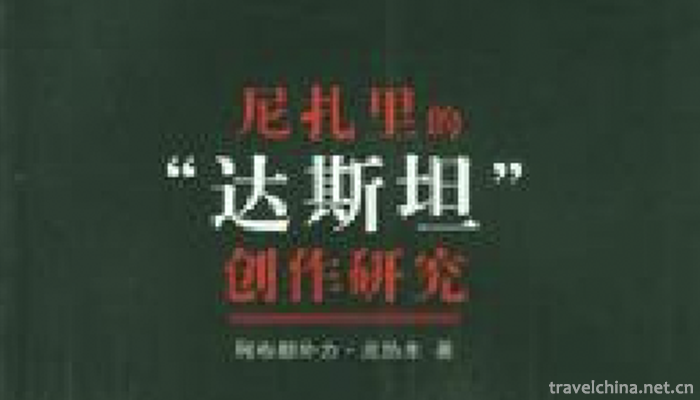
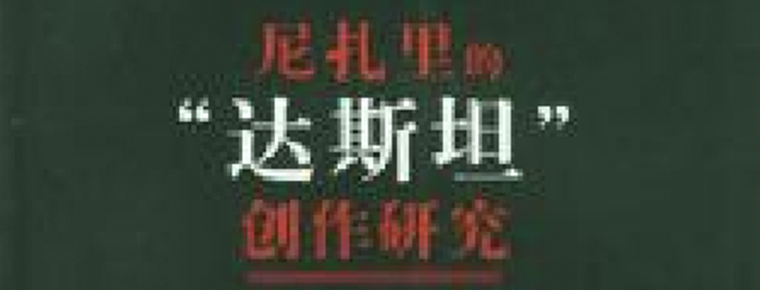
Uygur Dastan
-
Wuhou Temple in Chengdu
Martial Marquis Memorial Temple,Chegdu city,Sichuan Province
Views: 246 Time 2018-09-29 -
China Railway HighSpeedCRH
China Railway High-Speed (CRH) has two meanings: the technical standard of China High-Speed refers to the passenger dedicated line railway with 250 km/h
Views: 173 Time 2018-11-13 -
Kowloon Lake Resort
Guangzhou Jiulong Lake Resort is a national AAAA-level tourist attraction with an area of 25,000 mu. The resort takes natural landscape as its broad carrier and family vacation as its leading function
Views: 182 Time 2018-12-22 -
Taiyuan Qingxu Baoyuan Old Vinegar Workshop
Taiyuan Qingxu Baoyuan Old Vinegar Workshop is located in Taiyuan City, Shanxi Province. It is the "Taiyuan Youth Heritage and Education Base". It has been awarded the "First Industrial
Views: 201 Time 2019-02-13 -
opera sung in southern tunes
Southern Opera is the earliest mature type of drama in the history of Chinese opera. From the end of Northern Song Dynasty to the beginning of Ming Dynasty (12th to 14th centuries), Southern Opera was
Views: 129 Time 2019-06-07 -
Qin opera
Qin Opera, also known as Bangzi Opera, is a traditional drama in Northwest China and one of the national intangible cultural heritage.
Views: 249 Time 2019-06-10 -
Qingxu Caimen Building
Qingxu Caimen Tower is a local traditional handicraft in Qingxu County, Shanxi Province. Xu Caimen Tower in Qing Dynasty is said to have originated in Tang Dynasty. During the festival, people gathere
Views: 161 Time 2019-06-11 -
Sun Tzu
Sun Wu (about 545 BC - about 470 BC), long Qing, late spring and autumn. Qi State Le An (today) Shandong ProvincePeople in the North 。 China's famous military strategist and statesman in the spring an
Views: 207 Time 2019-09-04 -
Hefei University
hefei university (Hefei University), located in Hefei, the capital of Anhui, is a common higher education institution jointly organized by the state and local governments and cities and municipalities
Views: 179 Time 2019-11-13 -
Scrambled eggs with green peppers
Fried eggs with green peppers is a family dish. The main ingredients are eggs and green peppers. The auxiliary ingredients are lard, salt, vinegar, onion, etc. the main cooking technology is fried, ye
Views: 459 Time 2020-04-10 -
Qixian Lake
Qixian lake water resort is located in Fuxing Town, Gaoxian County, more than 40 kilometers away from Yibin City. It is the largest mountain water storage Lake in Yibin City, with a water area of 2632 Mu and a total area of more than 50 square kilometers. It was listed as a regional scenic spot in 1988 and approved as the first batch of provincial wetland park by Sichuan Provincial People's Government in 2008.
Views: 387 Time 2020-10-16 -
Nanchong City honor
"Three products" strategy demonstration city of consumer goods industry, charming city with Chinese characteristics, national garden city and excellent tourism city in China
Views: 309 Time 2020-12-17
